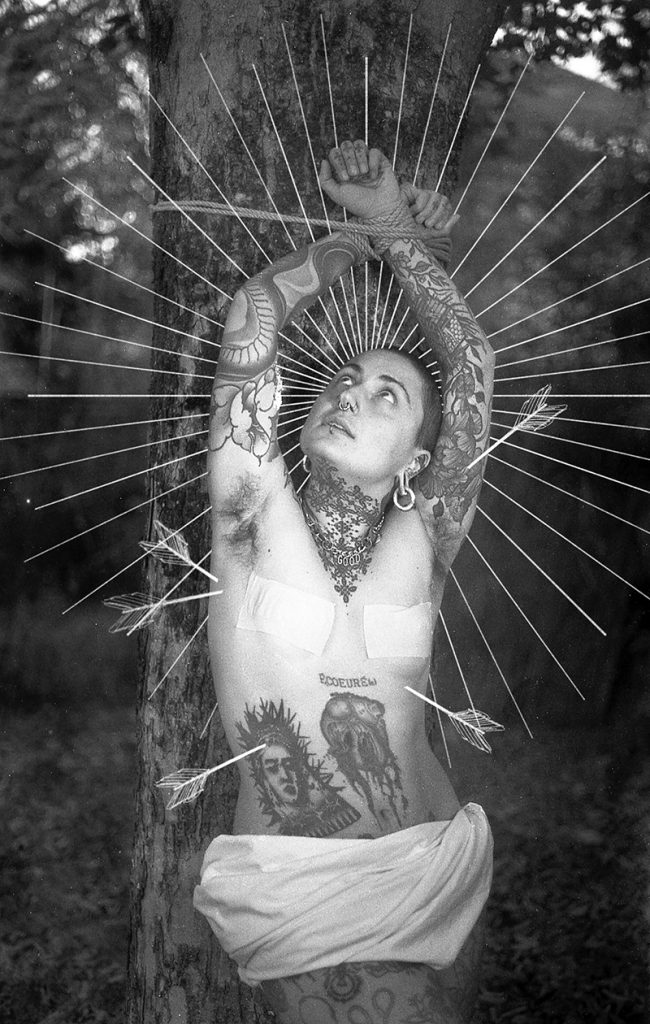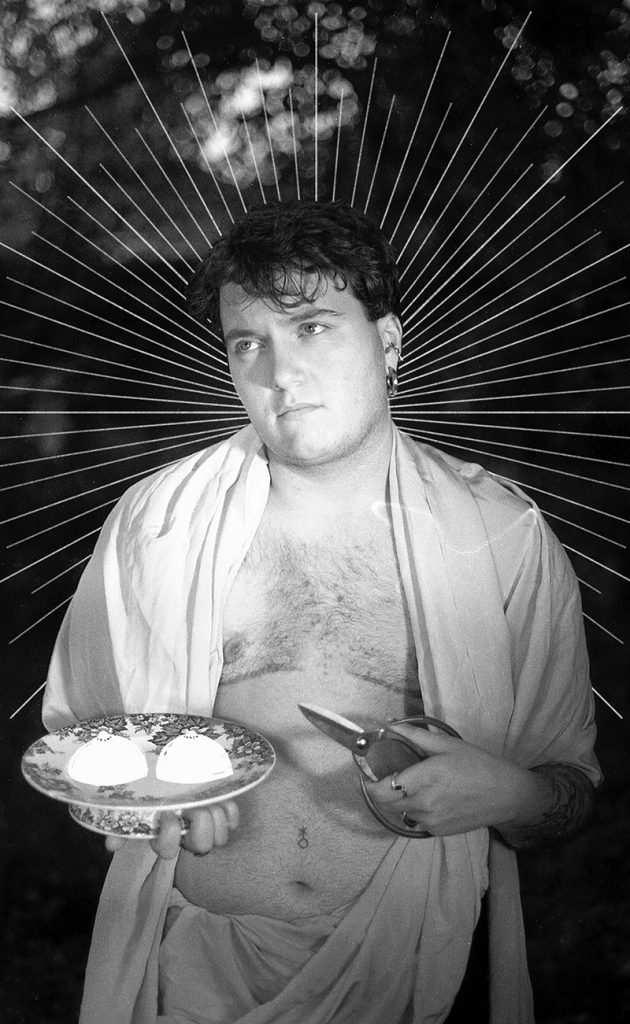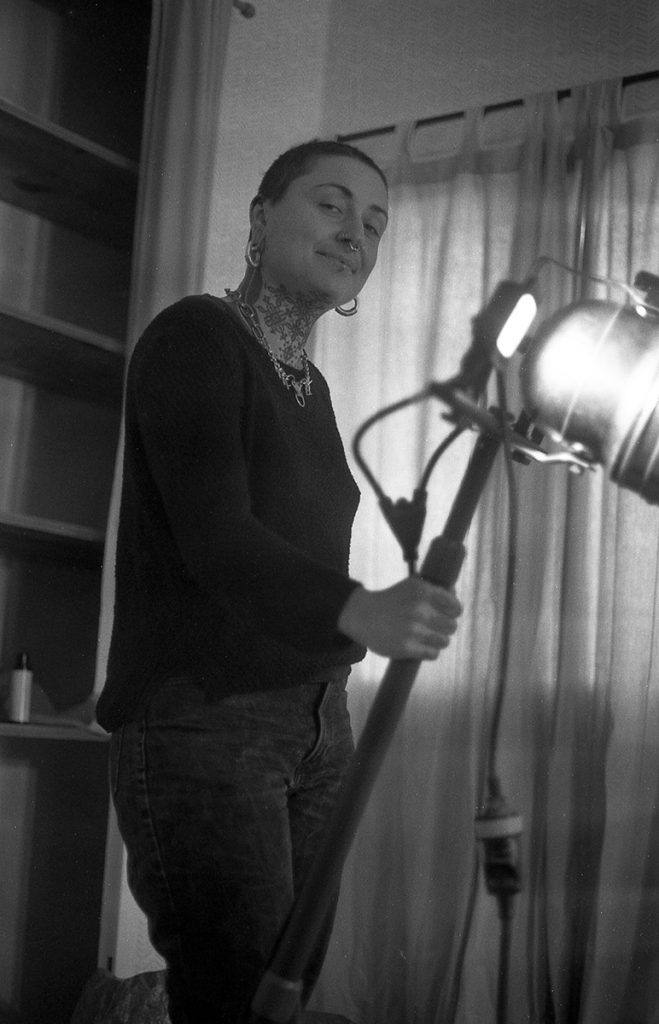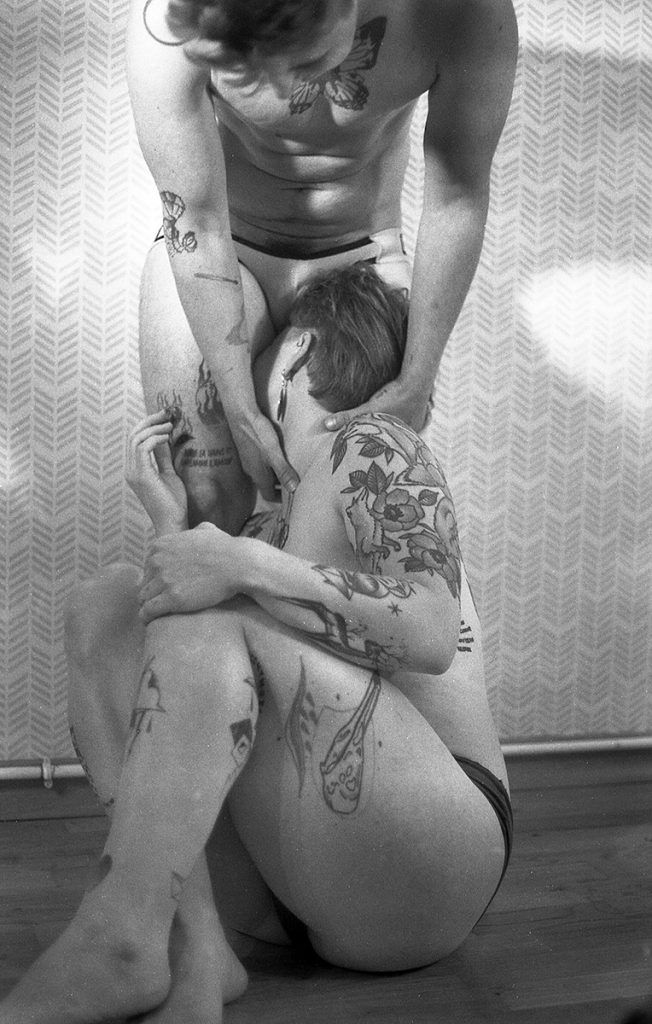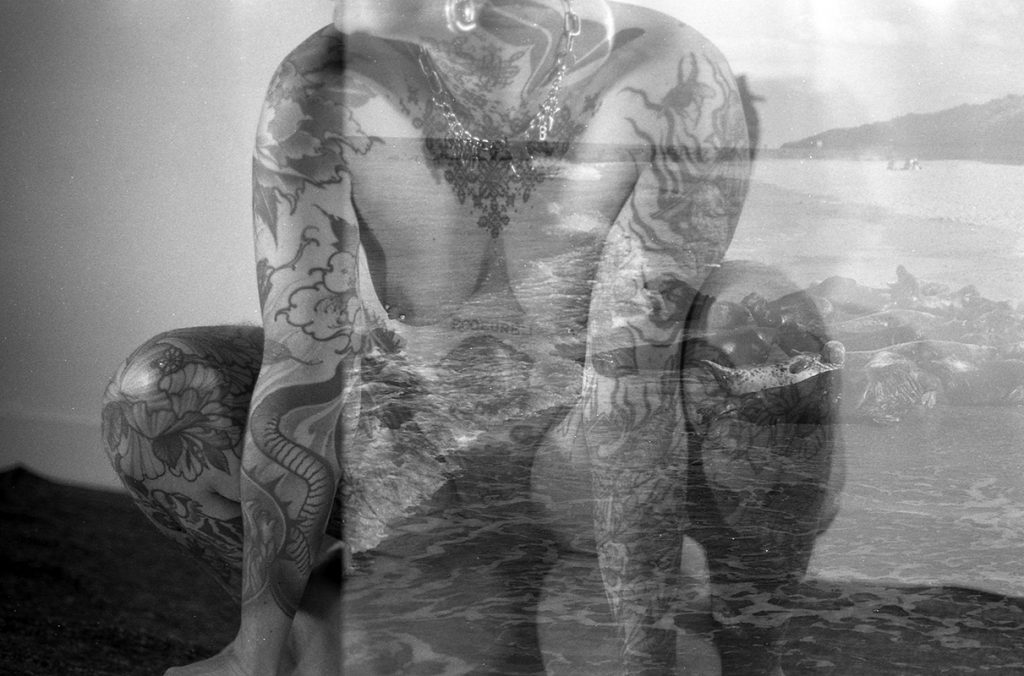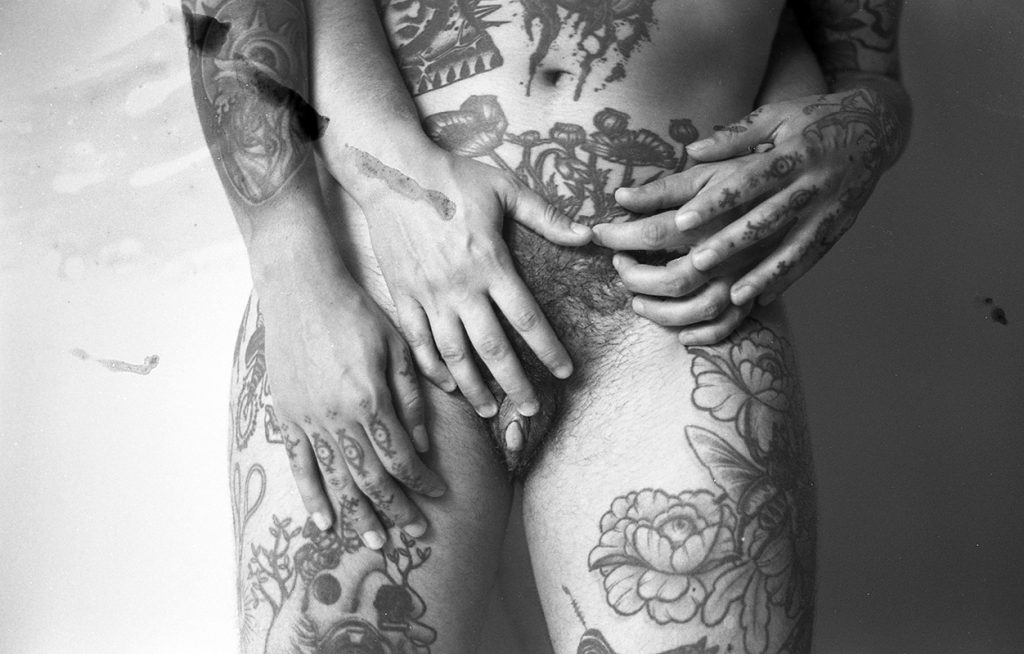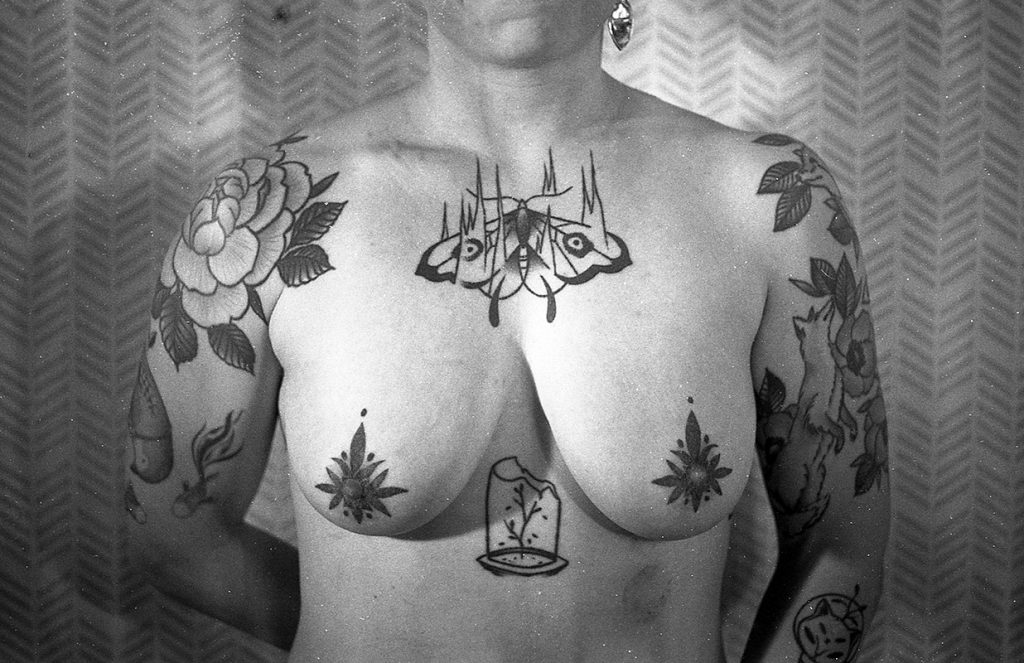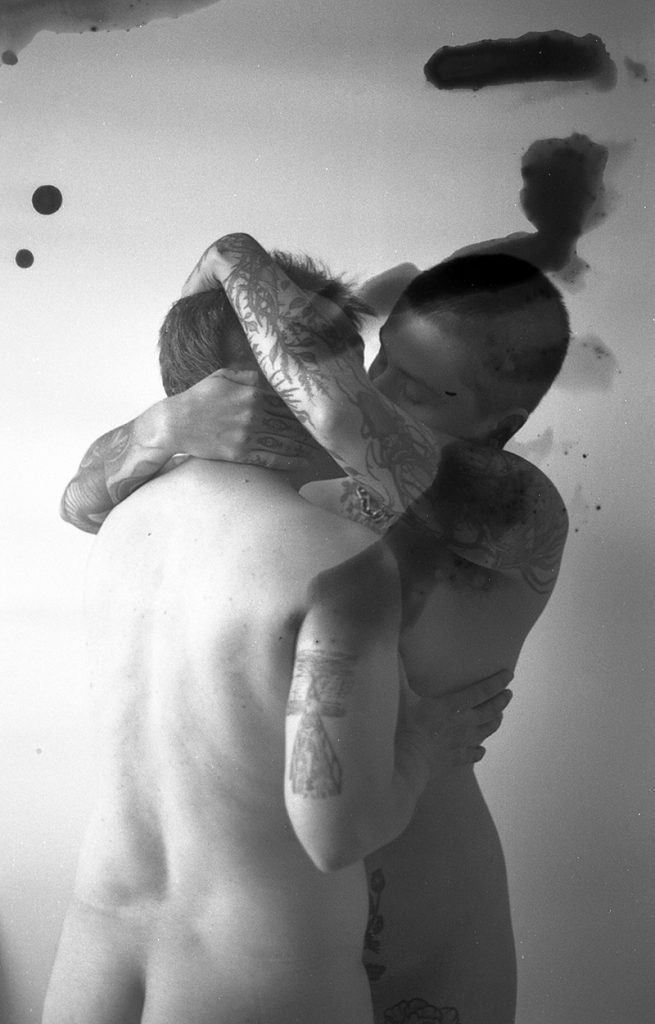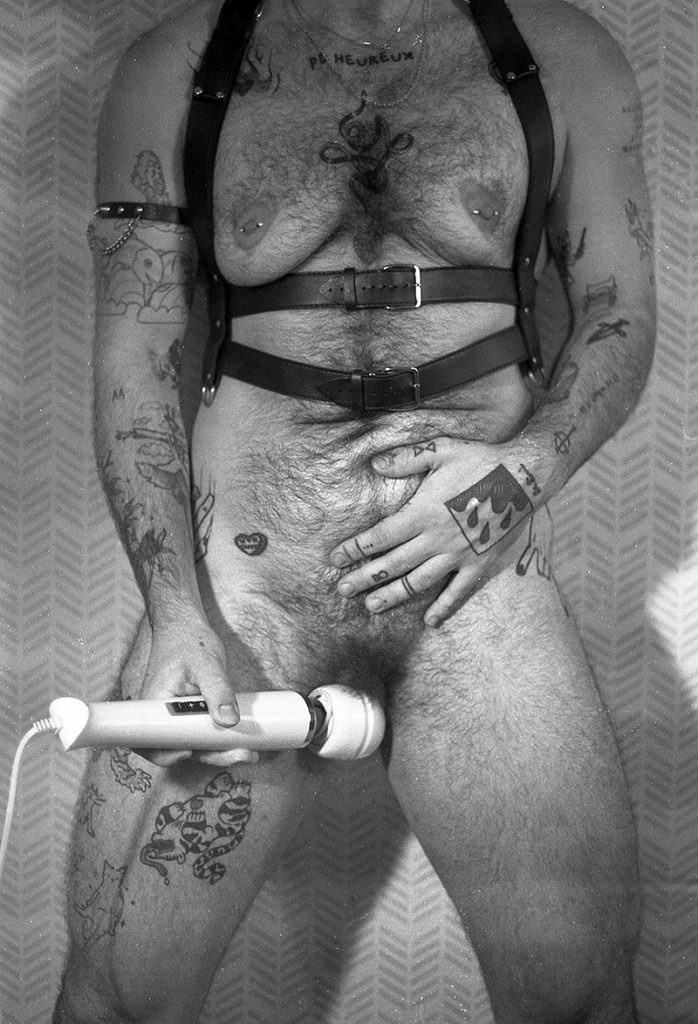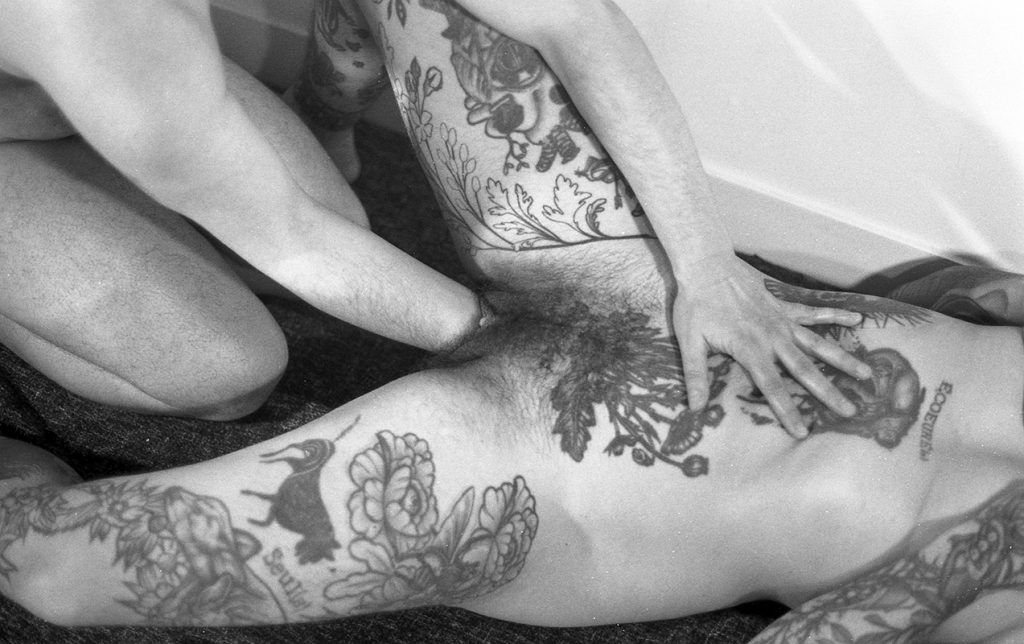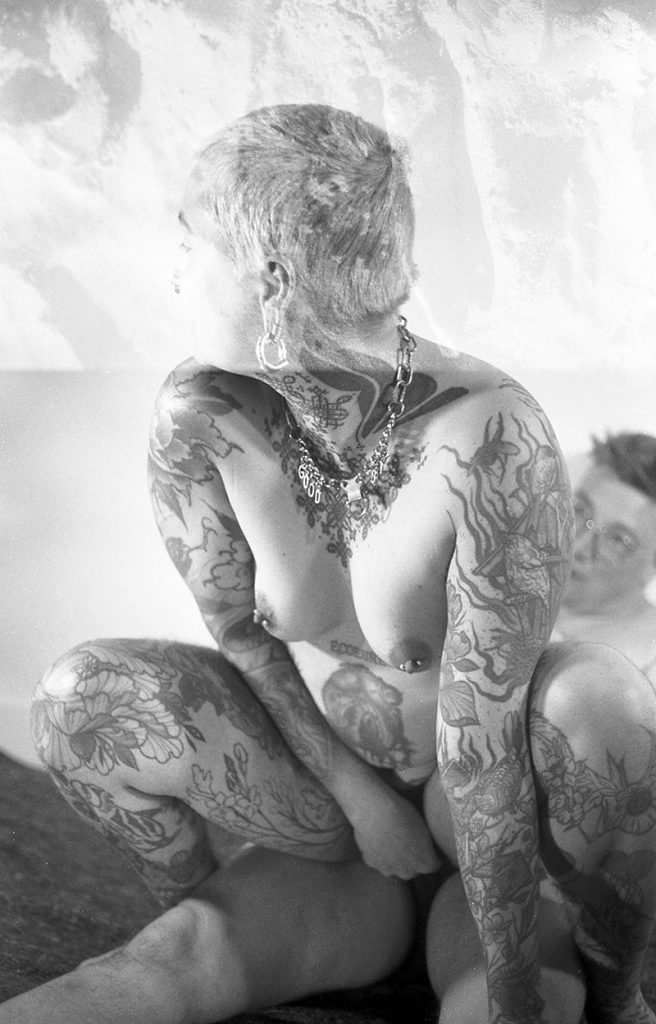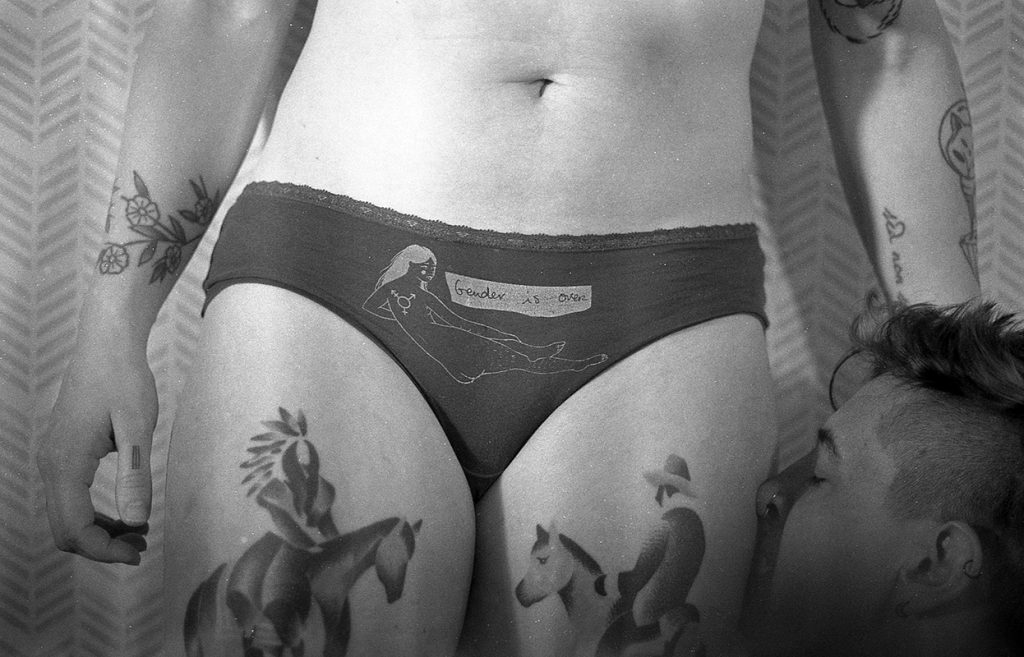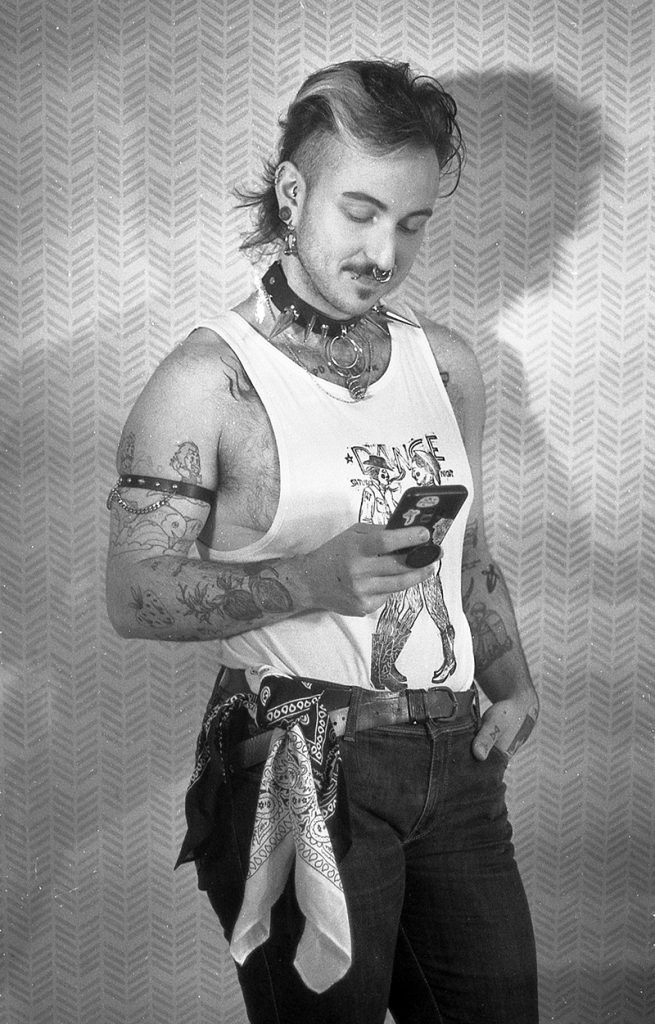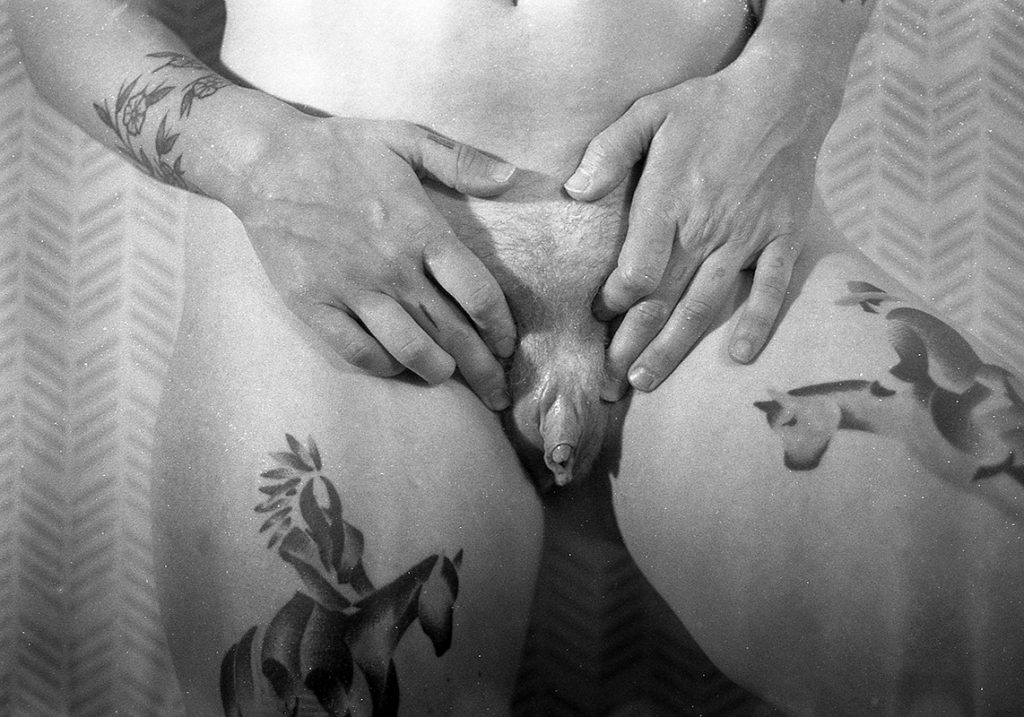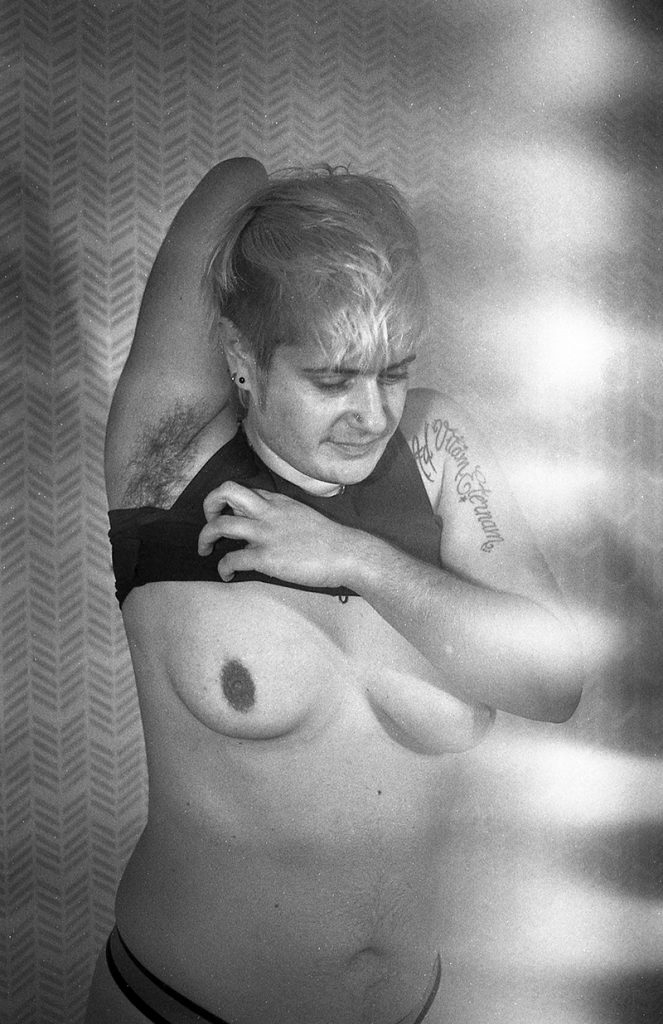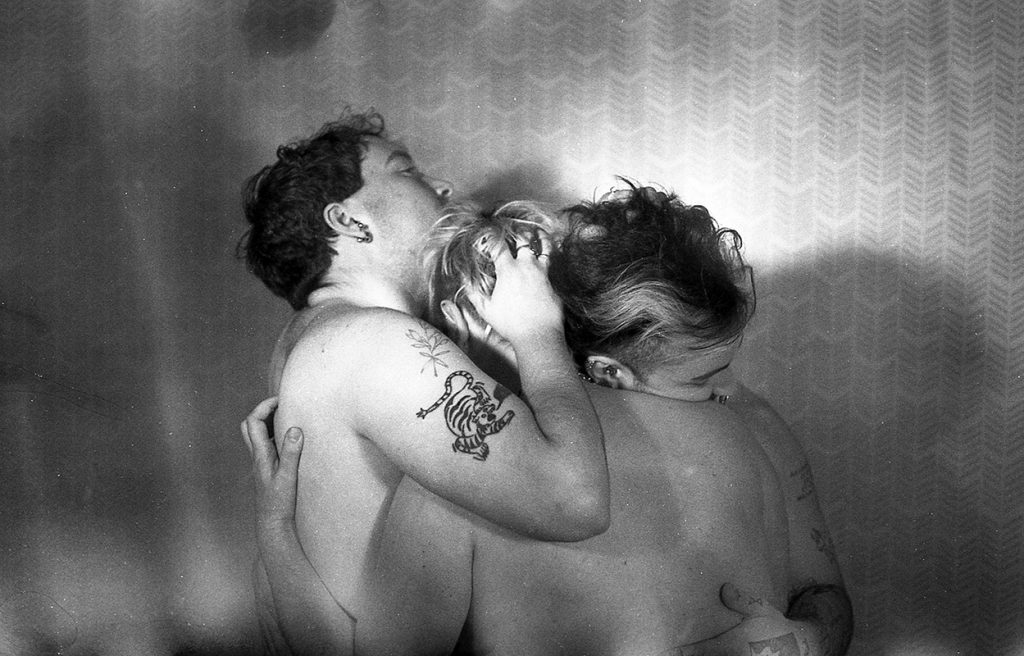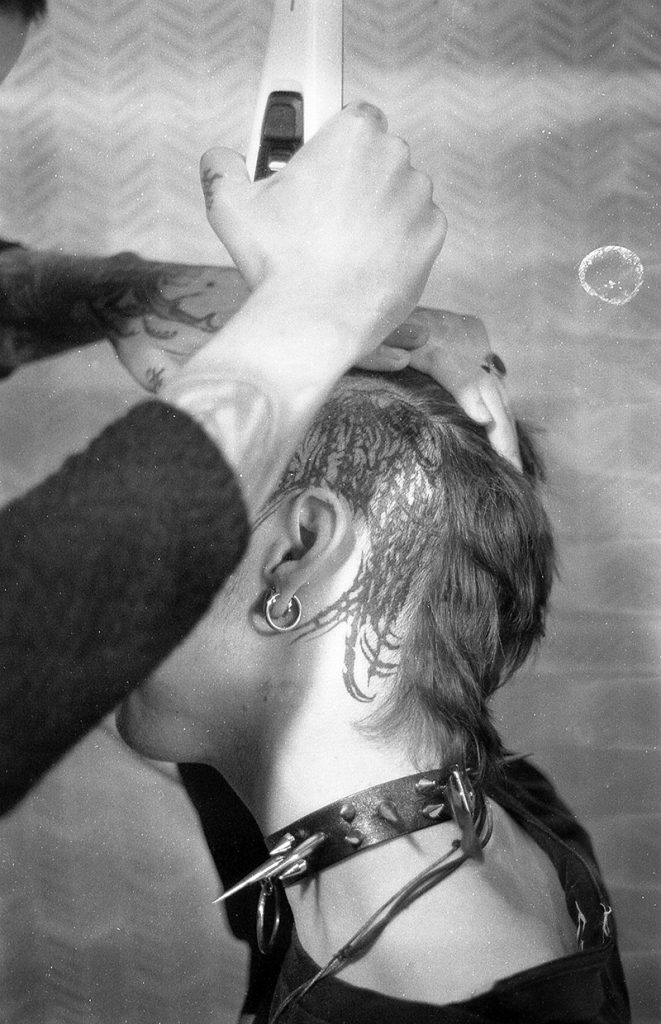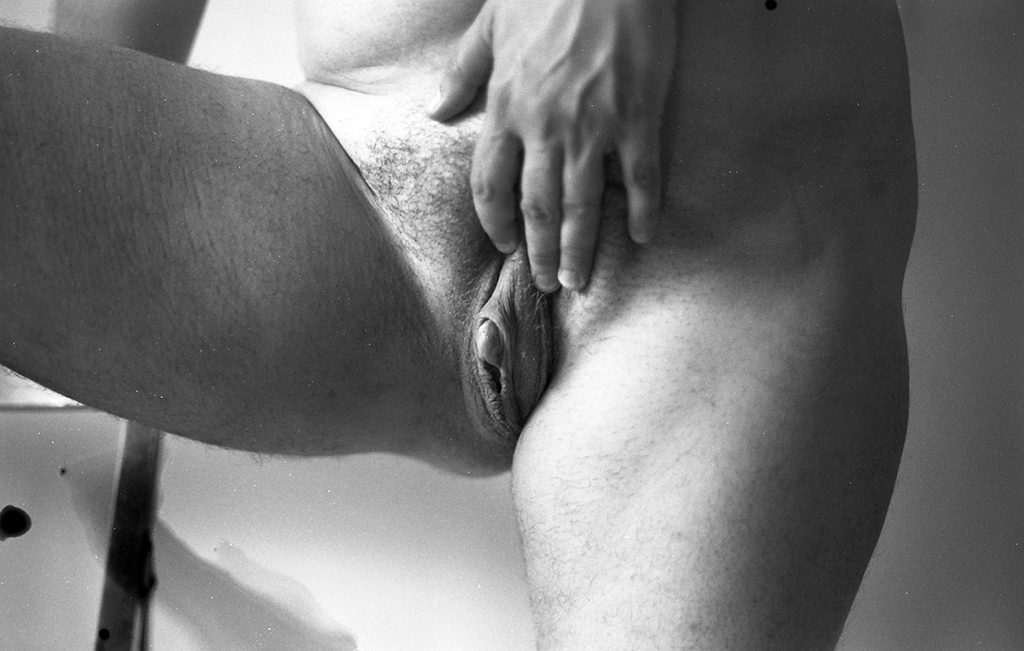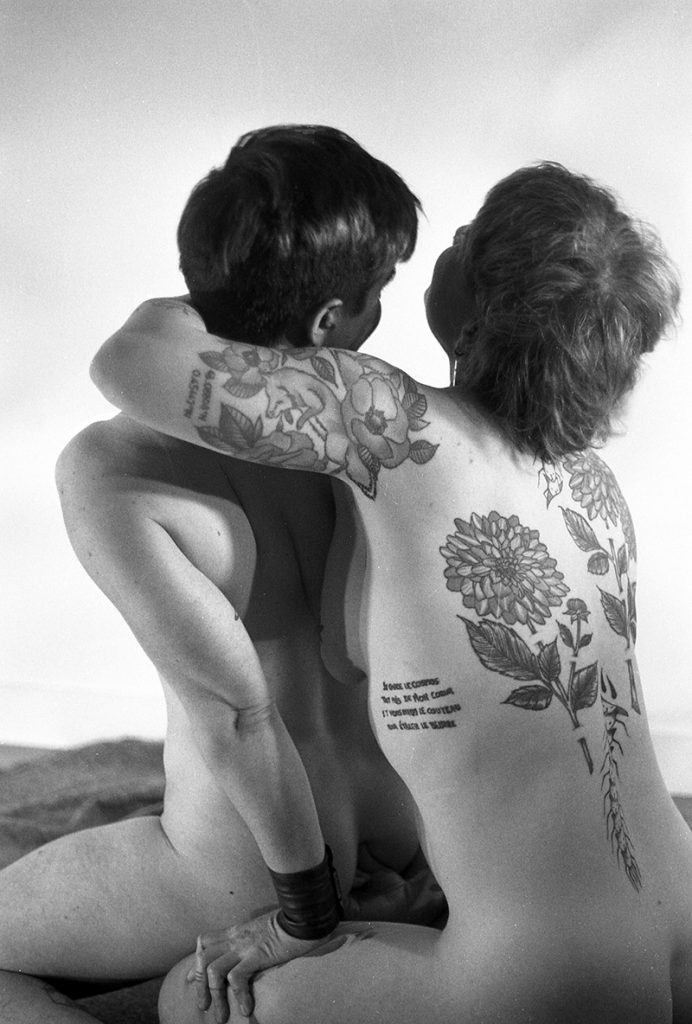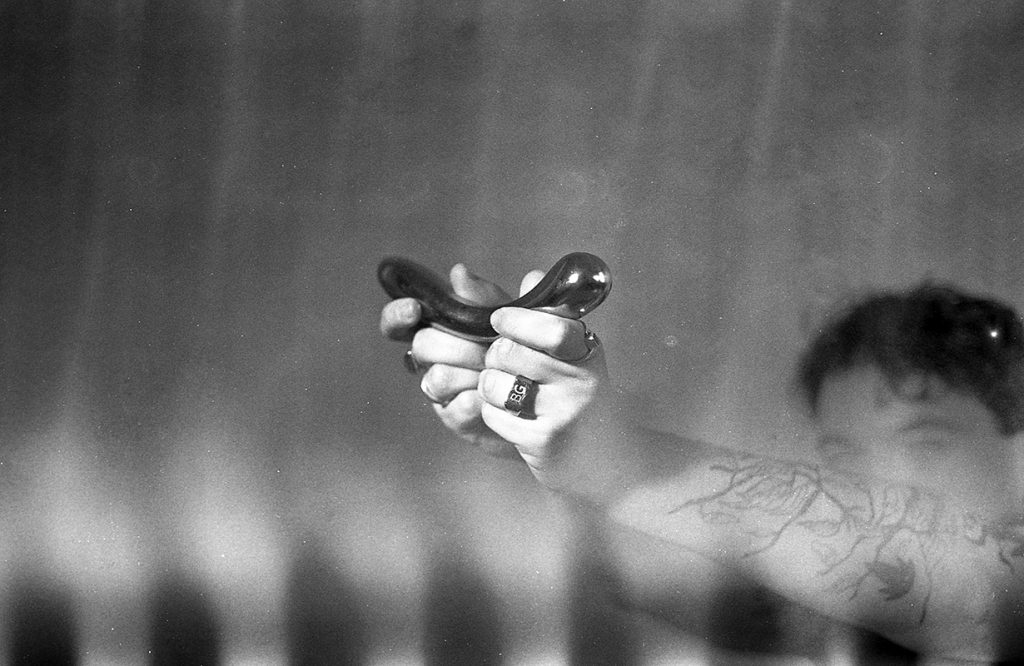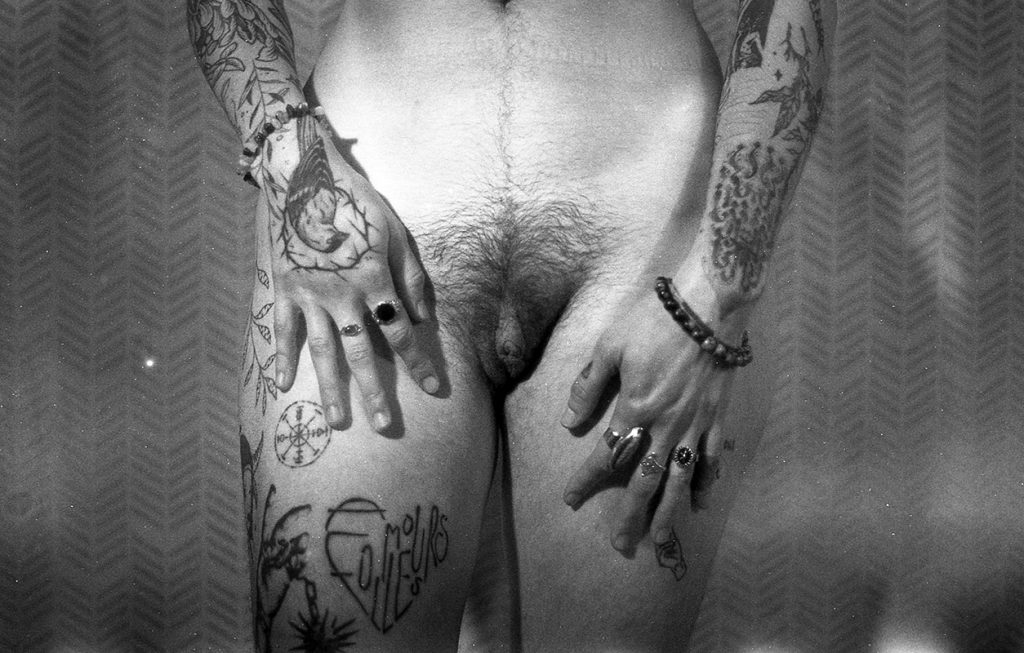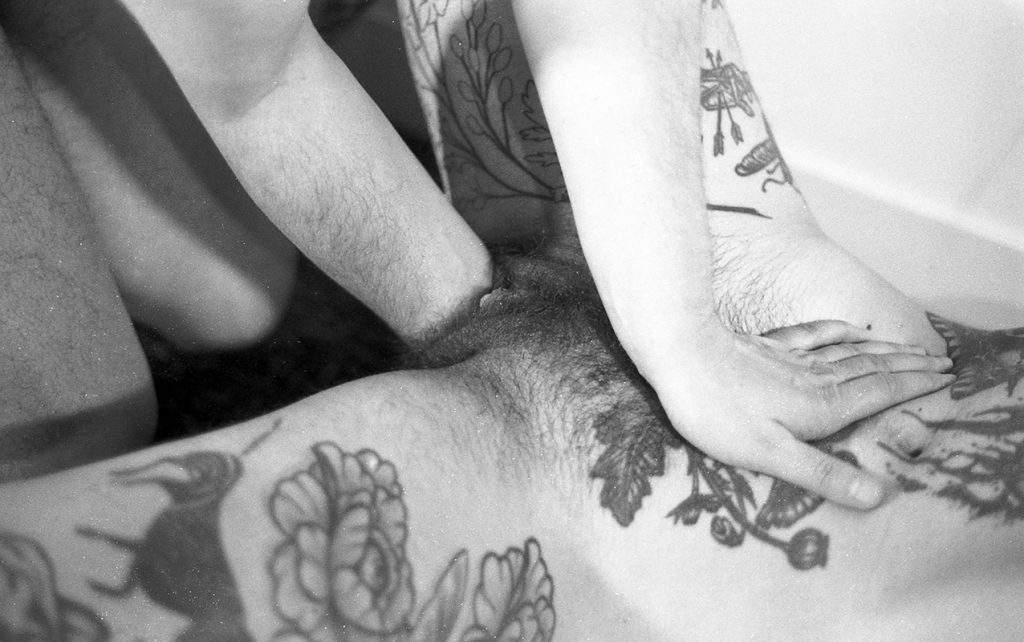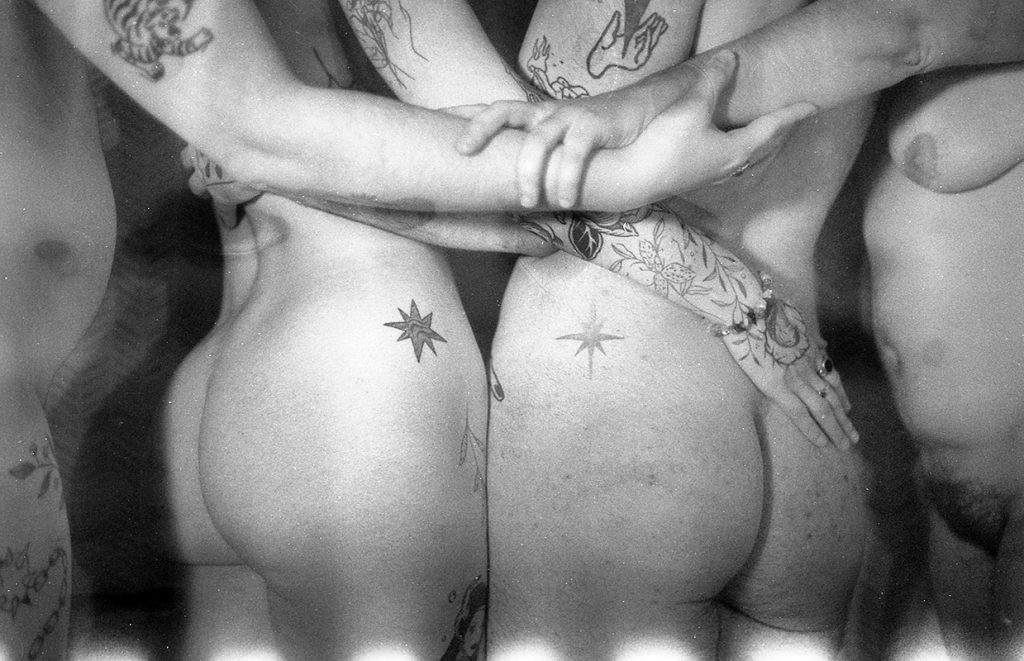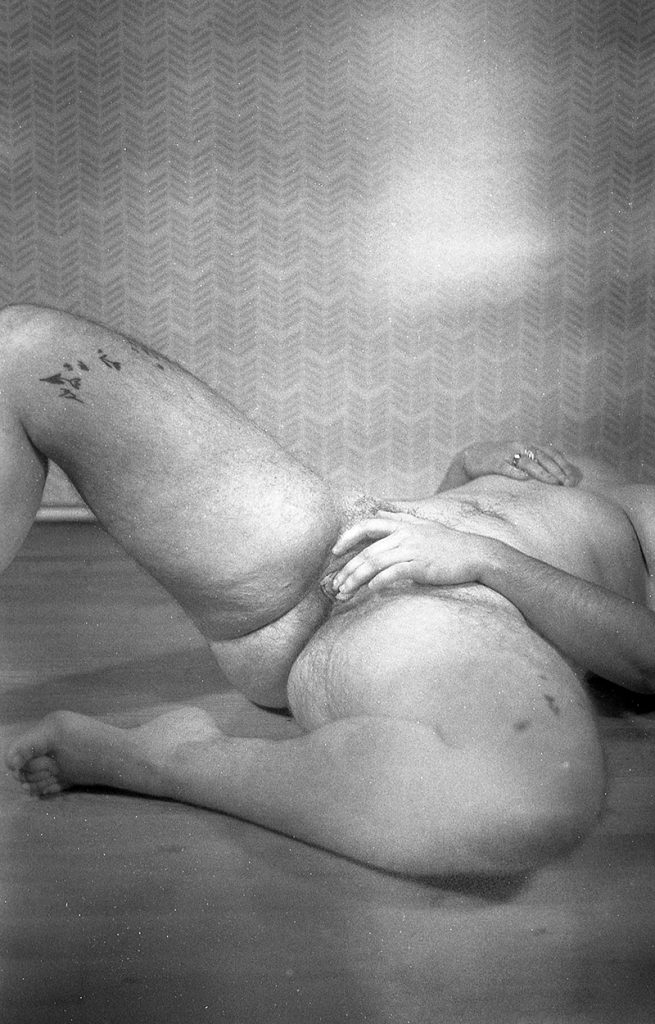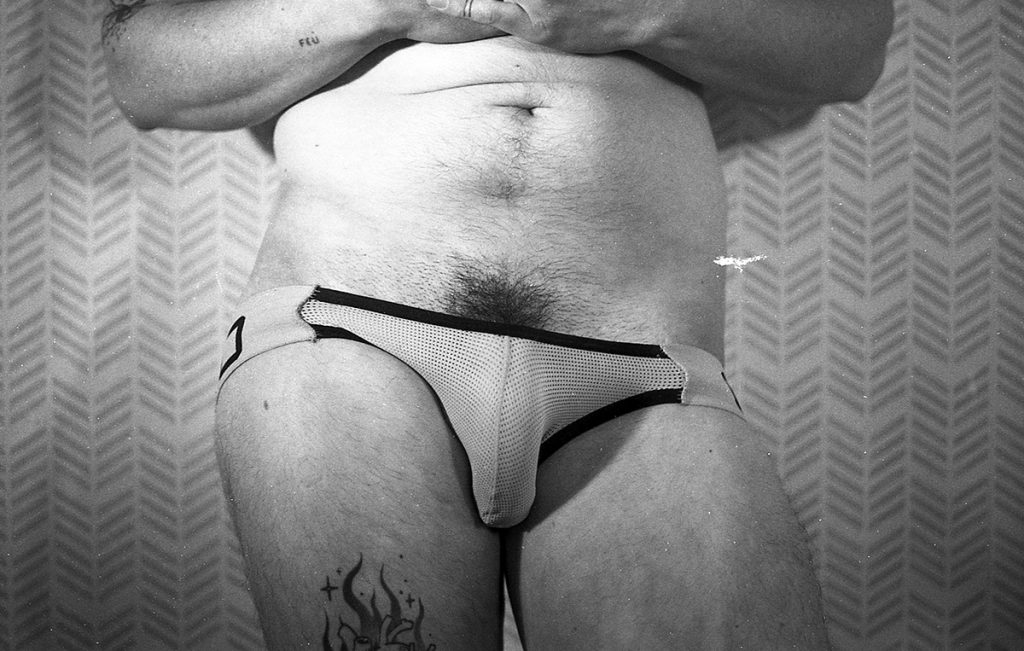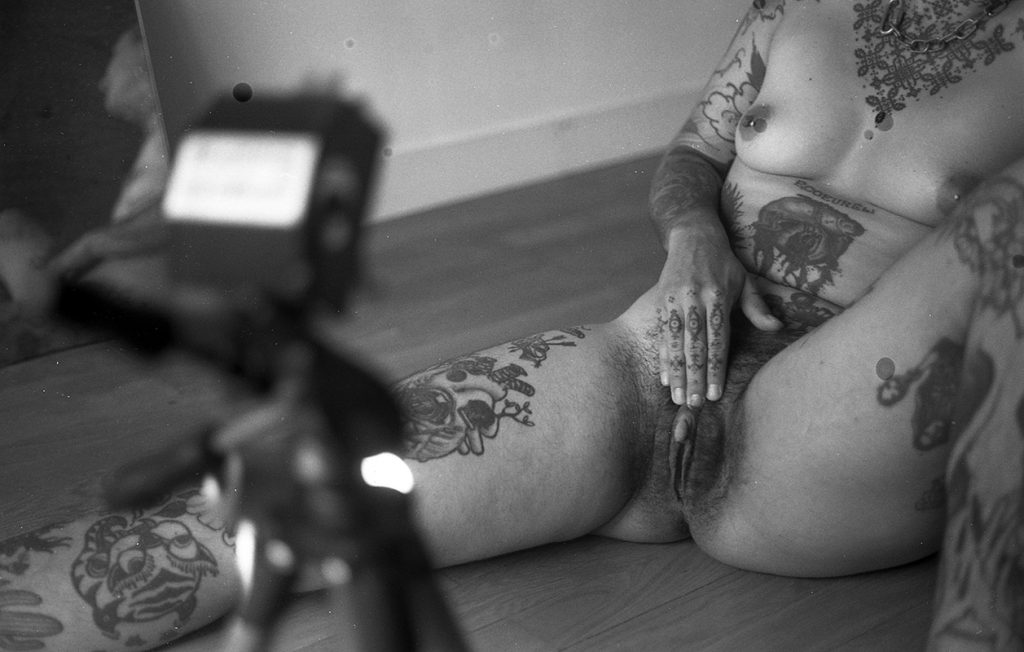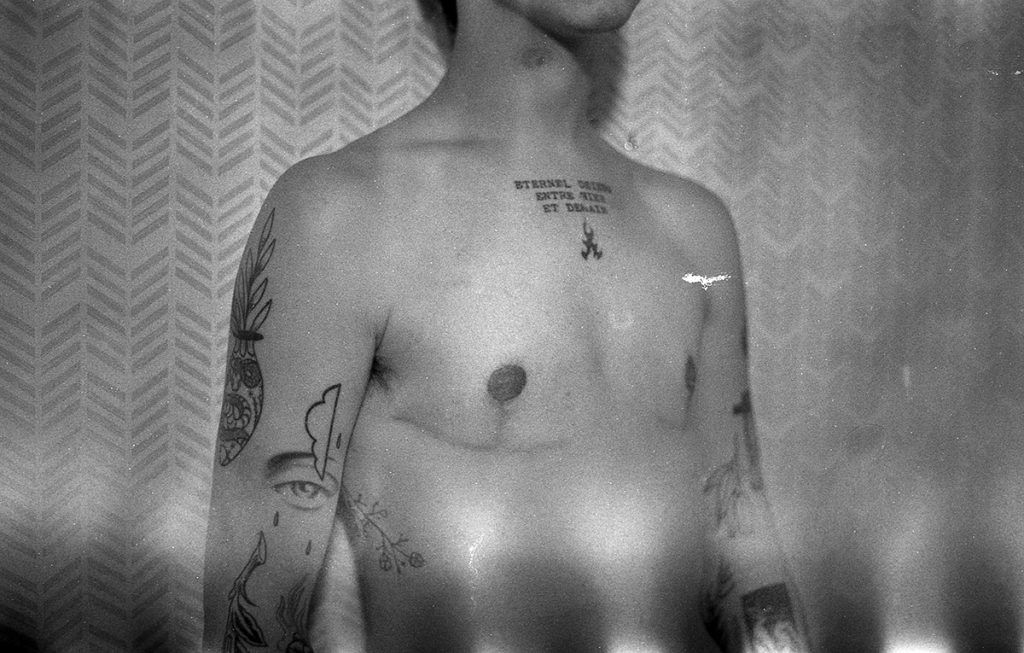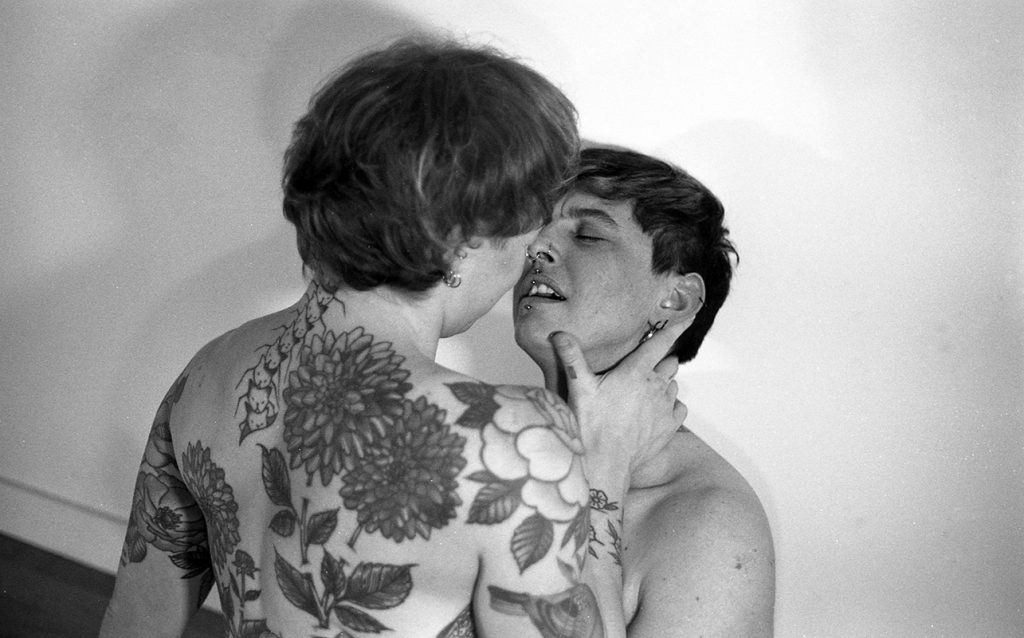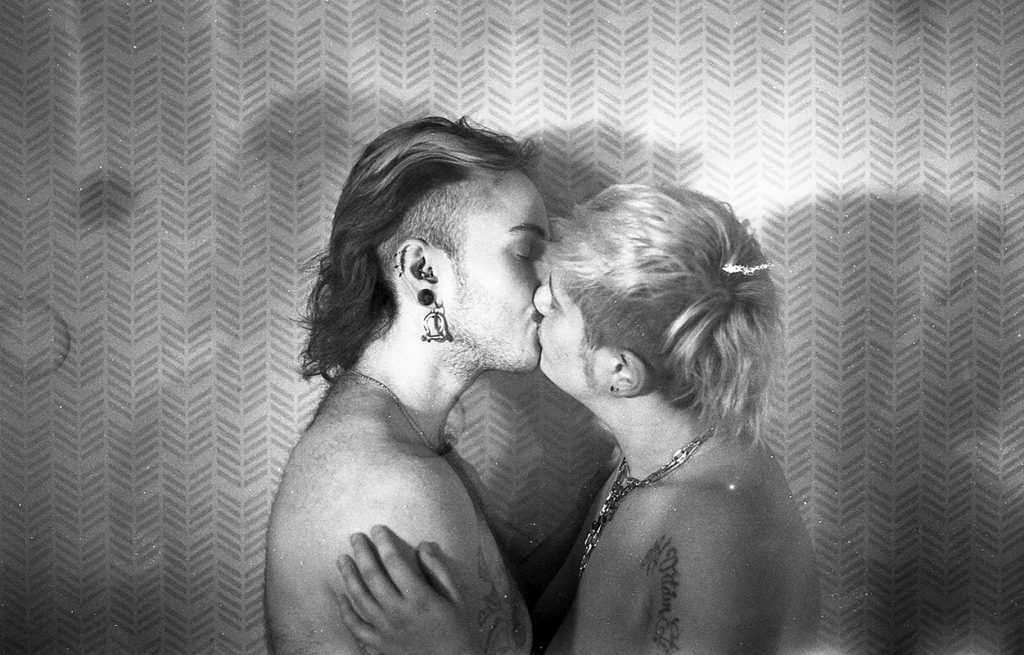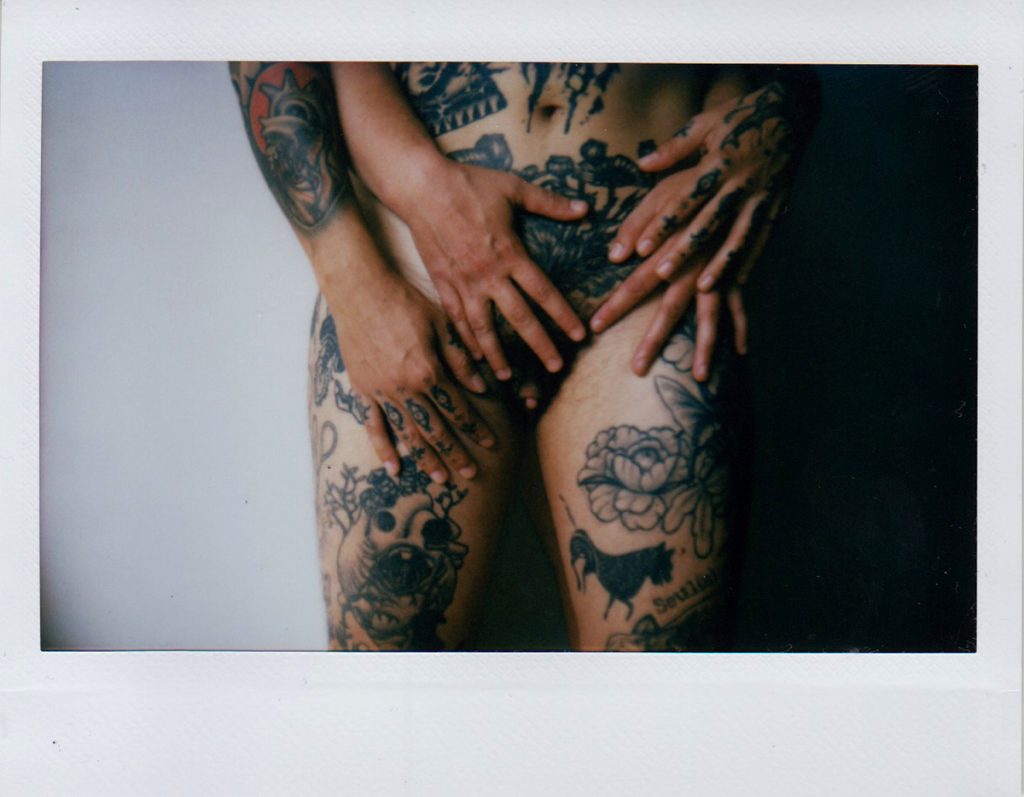Our joyful endings
Nos Fins Joyeuses / Our Joyful Endings
2025, France, 6’07
2.66:1 aspect ratio – Stereo – FR & EN subtitles
Documentary, short, experimental
Directing & production: Lucie Babayan & La Fille Renne
Writing: Lou Mara, Lucie Babayan & La Fille Renne
Photography & editing: La Fille Renne
Illustration: Lucie Babayan
Lighting: Lou Mara & Erin
Music: Théo & Malo Ophé Billebeau
Appearance: Al Jo, ely., Erin, Komete, La Fille Renne, Lezar, Lou Mara, Lucie Babayan & Nyx
Translation: Miel XOX
Special thanks to: Baptiste, Bip Boup Baguard, Prince, Antoine & Bob
Gear: Kodak films
Letterboxd / The movie database / MUBI
Synopsis
Our Joyful Endings follows the diary of a trans-masculine person who sees his own and others’ views of his body change during his transition. Between desire, apprehension and questioning. From there, comfort grows with people who share this experience.
(FR) Nos Fins Joyeuses suit le journal intime d’une personne trans-masculine qui voit son regard et celui des autres changer sur son corps durant sa transition. Entre désir, appréhension et questionnements. De là, un réconfort grandit auprès de personnes partageant ce vécu.
« Unfiltered black-and-white images raise questions about identity, acceptance, physical love and cross-gender desire. »
– PERLEN – Queer Film Festival Hannover
« Our Joyful Endings is a visual poem focused on the trans-masculine experience; the liberation and pleasure that a non-normative body gains within the safe framework of the film medium is unsurpassable, however much it may slide into expected poetic and well-trodden visual patterns (black-and-white photography with overlaid text, occasional) and culturally accessible motifs (e.g. the martyr saint’s pose of St. Sebastian or, at the complete opposite end of that spectrum, corresponding with transphobes on a gay hook-up app). »
– Miro Frakić – Zona Filma
« La Fille Renne and Levon Babayan depict the subversive power of joy, pleasure, and self-love, particularly in the face of a global conservative backlash against bodily autonomy and the rights of trans* and non-binary people. »
– Filma. Feminist Film Festival
Film screenings / Projections en festivals
2026 / Porn Film Festival Vienna, Vienna (Austria)
Queer métrages, Le poil de la bête, Le Mas d’Azil (France)
Festival Désir… Désirs, Temps Machine, Joué-lès-Tours (France)
Queer Film Festival Kathmandu, Kathmandu Film Centre, Kathmandu (Nepal)
2025 / Trans Video Buffet, Queercircle North Greenwich, Londres (United Kingdom)
Exhibitionist’s Exhibition, Teatro Coppola, Catania (Italy)
Overdrive Festival, Porão Cultural, São Paulo (Brazil)
Filma. Feminist Film Festival – Changing The Things One Cannot Accept Program, Kyiv ; Aleponija, Riga & Dnipro Center for Contemporary Culture, Dnipro (Ukraine)
Porny Days Film Art Festival – Porny Shorts Program, Riffraff, Zürich (Switzerland)
Chéries-Chéris Film Festival – Compétition courts-métrages, programme transgenre, MK2 Beaubourg, Paris (France)
Festival Mix Brasil – Curtas Pegação Em Seis Atos Program, CCSP Spcine Lima Barreto & Spcine Olido, São Paulo (Brazil)
Muestra Fervor – Onirico Rarito Program, Ateneu del Raval, Barcelona (Spain)
PERLEN – Queer Film Festival Hannover – Pearls for TINQs Program, Kommunales Kino im Künstlerhaus, Hannover (Germany)
Picture Show, Aquarium Ciné-Café, Lyon (France)
Cherry Pop Film Festival – Film competition Sweet Cherries Program, Dokukino KIC, Zagreb (Croatia)
Seattle Trans Underground Film Festival – Hot Blooded Program, Northwest Film Forum, Seattle (USA)
Luststreifen Film Festival – Raw Uncovered – Porn Program, Neues Kino, Basel (Switzerland)
Queer métrages, La Galerie de BosKop, Lyon (France)
Unthinkable Film Festival – Erotic Cinema: A journey through desire Program, Humber Street Gallery, Hull (United Kingdom)
Oslo/Fusion International Film Festival – XXXplicitly, Yours Program, Vega Scene, Oslo (Norway) – European Premiere
Exposures Montréal Trans Film Festival – Fièrement Francophone Short Film Program, Union Française, Montréal (Canada)
T4T Takeover Screening, Belvedere Men’s Guest House, Fire Island (USA)
Living Smile Vidya Kovai Queer Film Festival, Medai The Stage, Coimbatore (India) – International Premiere
L’Araignée Festival – Programme Sexualités, La Guinguette, Toutry (France) – National Premiere


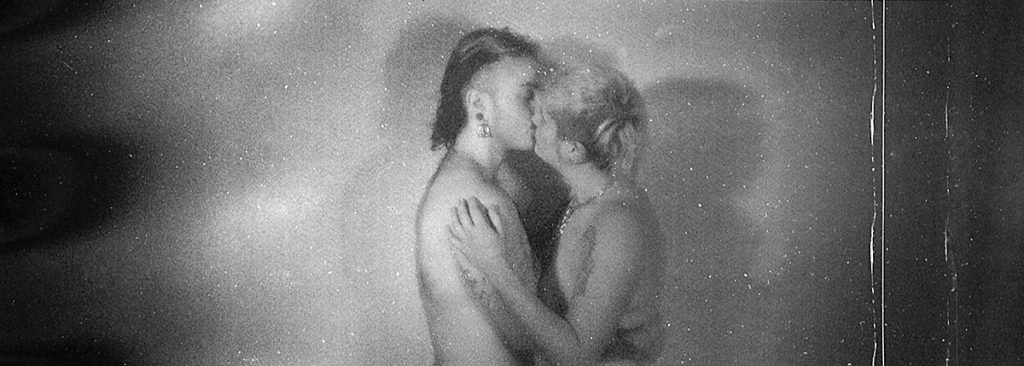
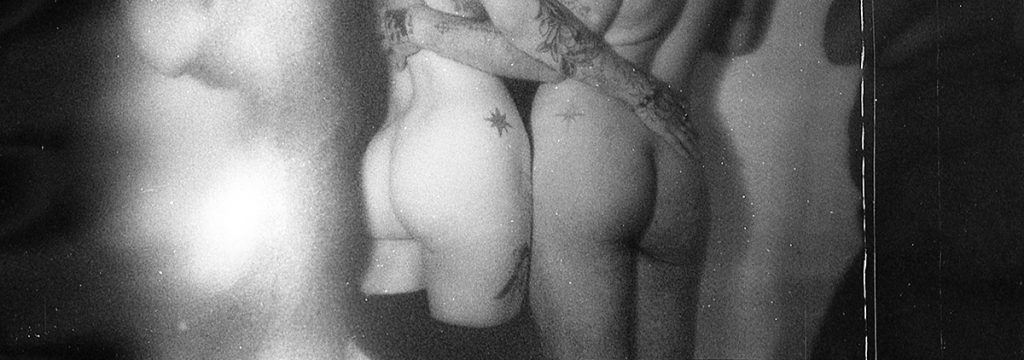
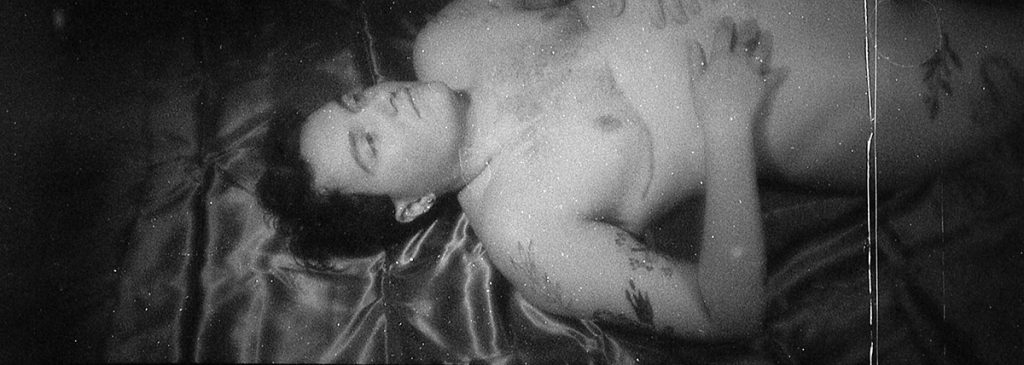


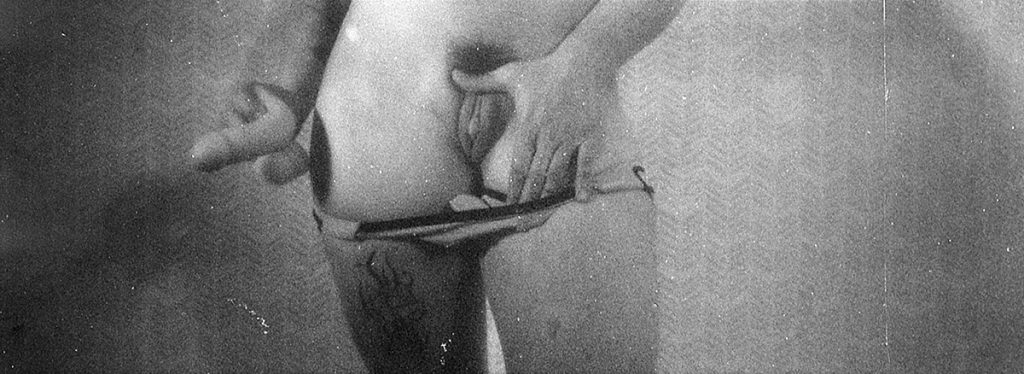

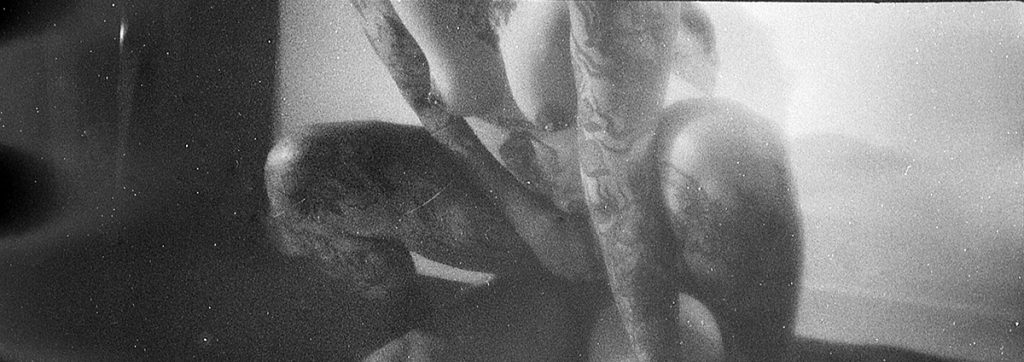

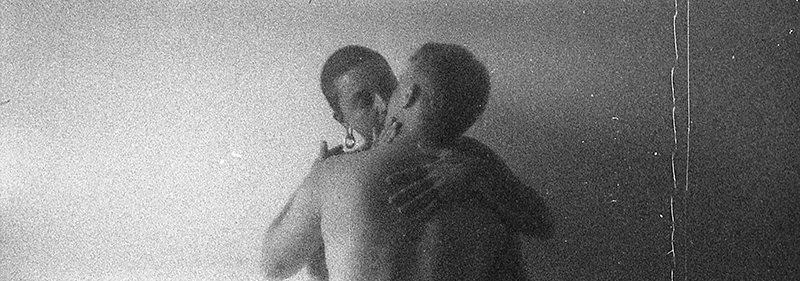
Statement / Note d’intention
Our Joyful Endings was written in response to several observations about the body and desire in the lives of trans-masculine people.
During these journeys, which are sometimes accompanied by bodily changes, the body can be a vector of euphoria, an actor of pleasure, an object of desire, but also of rejection. There is a crying lack of erotic representations of trans-masculine bodies, particularly in gay erotic imagery. Experiences of rejection of trans-masculine people in gay communities are common, and we make the link between lack of representations, difficulties in projecting desire and rejection. Indeed, how can we desire a body that has never been thought of or seen?
In Our Joyful Endings, we were keen to show a diversity of trans-masculine bodies, with different journeys. In the common imagination, a trans body is one that has undergone surgery to conform to binary gender norms, but this is far from being the norm.
It also seems essential to us that there should be more representations of trans people in cinematographic works.
In addition to the on-screen representation of trans people, we also chose to set up a shoot with a chosen mix of trans-masculine and non-binary people. This enabled us to bring together people with shared experiences specifically on the issues raised by Our Joyful Endings. The film was also written based on real-life experiences.
To keep with the work of the film’s cinematographer, the choice of cinematography was based on experimental photography. Expired monochrome 35mm film, processed and digitised using traditional DIY techniques, gives to Our Joyful Endings a highly intimate visual dimension.
(FR) Nos Fins Joyeuses a été écrit en réponse à plusieurs constats autour du corps et du désir liés au parcours de personnes trans-masculines.
Durant ces parcours parfois accompagnés de changements corporels, le corps peut être tour à tour vecteur d’euphorie, acteur de plaisir, objet de désir, mais aussi de rejet. Il existe un manque criant de représentations érotiques des corps trans-masculins et ce, particulièrement dans les imageries érotiques gays. Les expériences de rejet des personnes trans-masculines dans les milieux gays sont communes et nous faisons le lien entre manque de représentations, difficultés à projeter du désir et rejet. En effet, comment désirer un corps qui n’est jamais pensé ou n’a jamais été vu ?
Dans Nos Fins Joyeuses, nous avons donc eu à cœur de montrer une diversité de corps trans-masculins vis-à-vis de leur parcours. Dans l’imaginaire commun, un corps trans est un corps qui a vécu des opérations chirurgicales pour correspondre à des normes de genres binaires, mais c’est loin d’être aujourd’hui une norme.
Il nous semble aussi primordial qu’il puisse exister plus de représentations de personnes trans dans des œuvres cinématographiques.
Outre la représentation de personnes trans à l’écran, nous avons aussi fait le choix de mettre en place un tournage en mixité choisie, uniquement entre personnes trans-masculines et non-binaires. Cela a permis de rassembler des personnes aux expériences communes spécifiquement sur les problématiques que soulève Nos Fins Joyeuses. Le film a également été écrit sur des expériences vécues.
Dans la continuité du travail du·de la cinématographe du film, le choix de cinématographie s’est porté sur une photographie expérimentale. Il s’agit de pellicules 35mm monochromes périmées, traitées et numérisées avec des techniques traditionnelles DIY, qui apportent une dimension visuelle très intime à Nos Fins Joyeuses.
BUY THE BOOK / ACHETER LE LIVRE
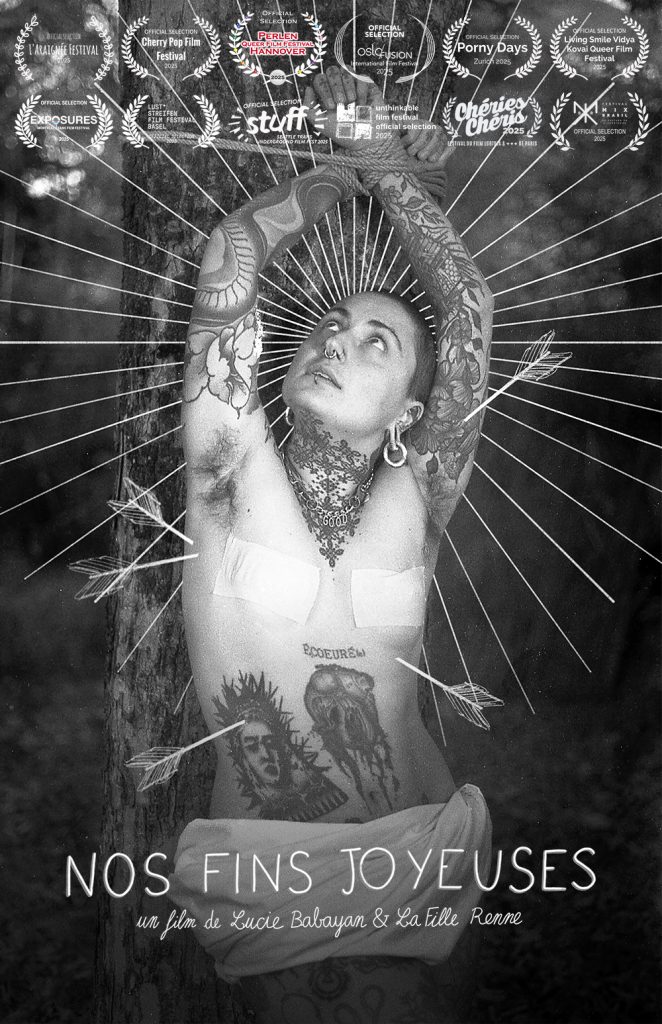
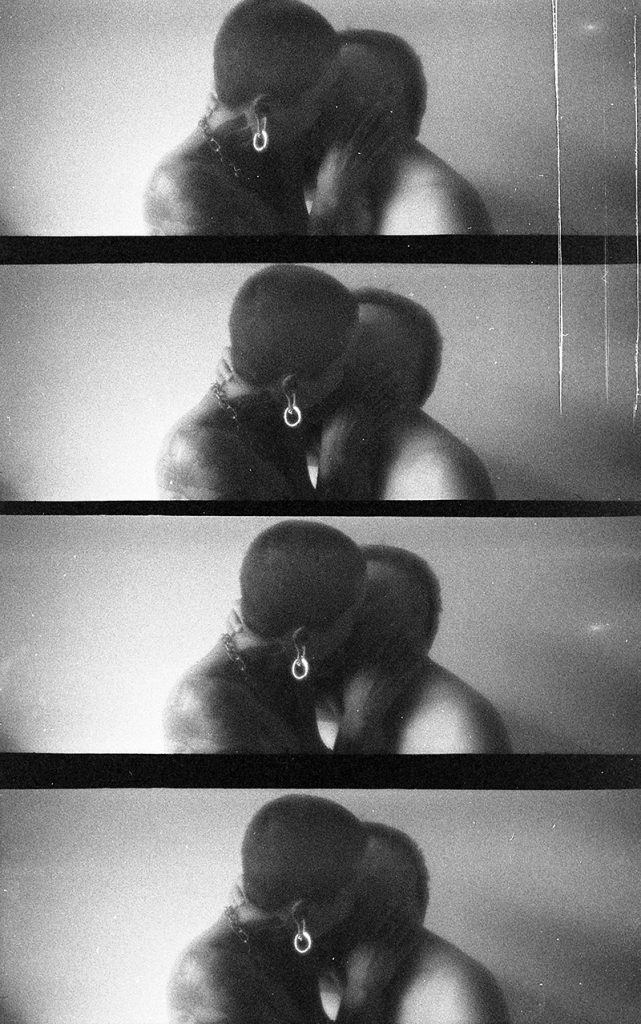


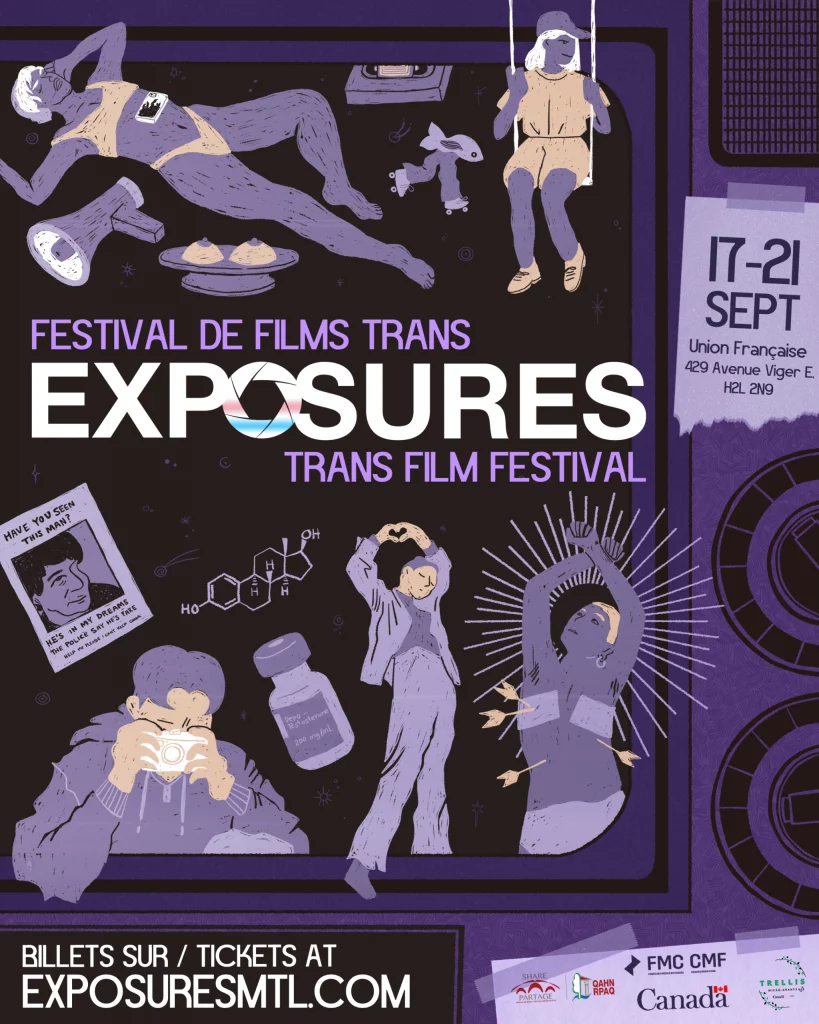
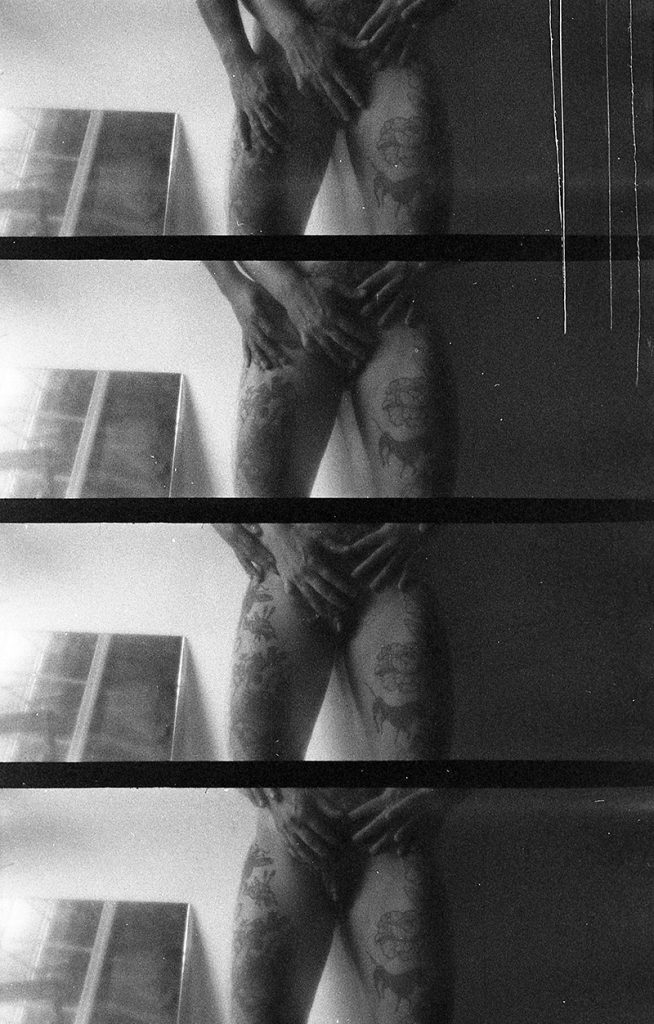
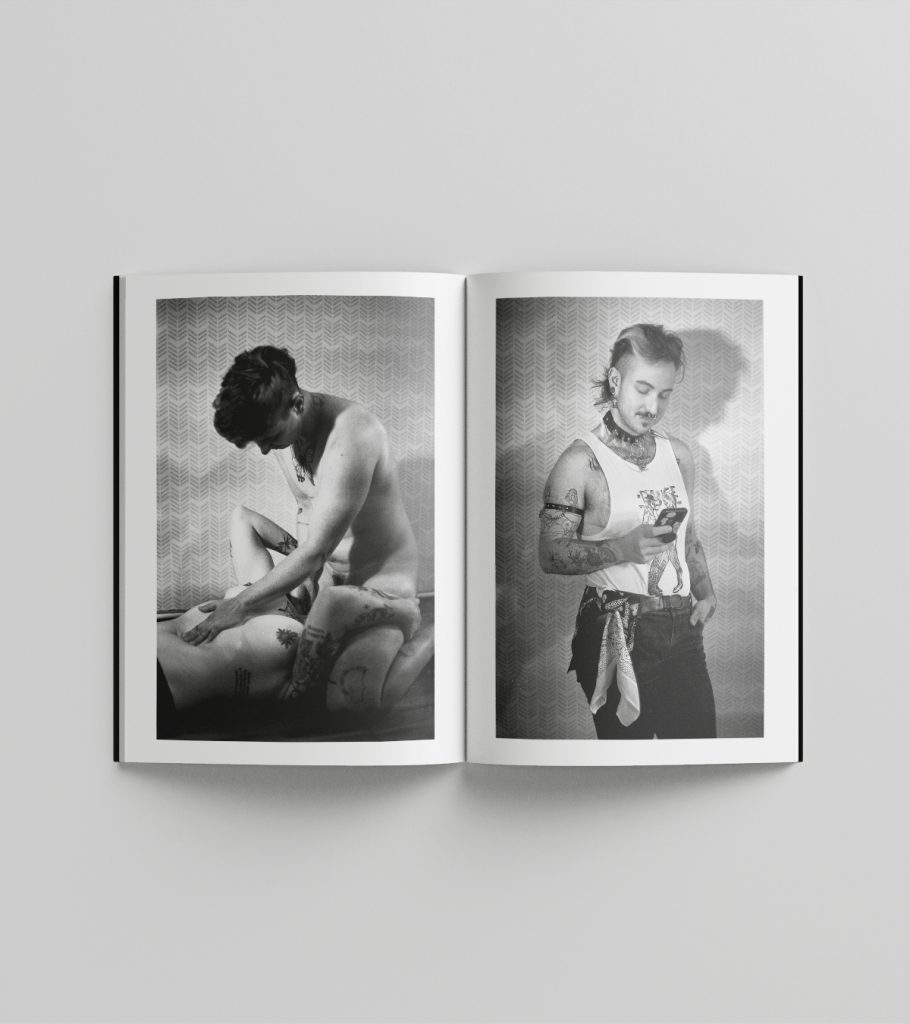
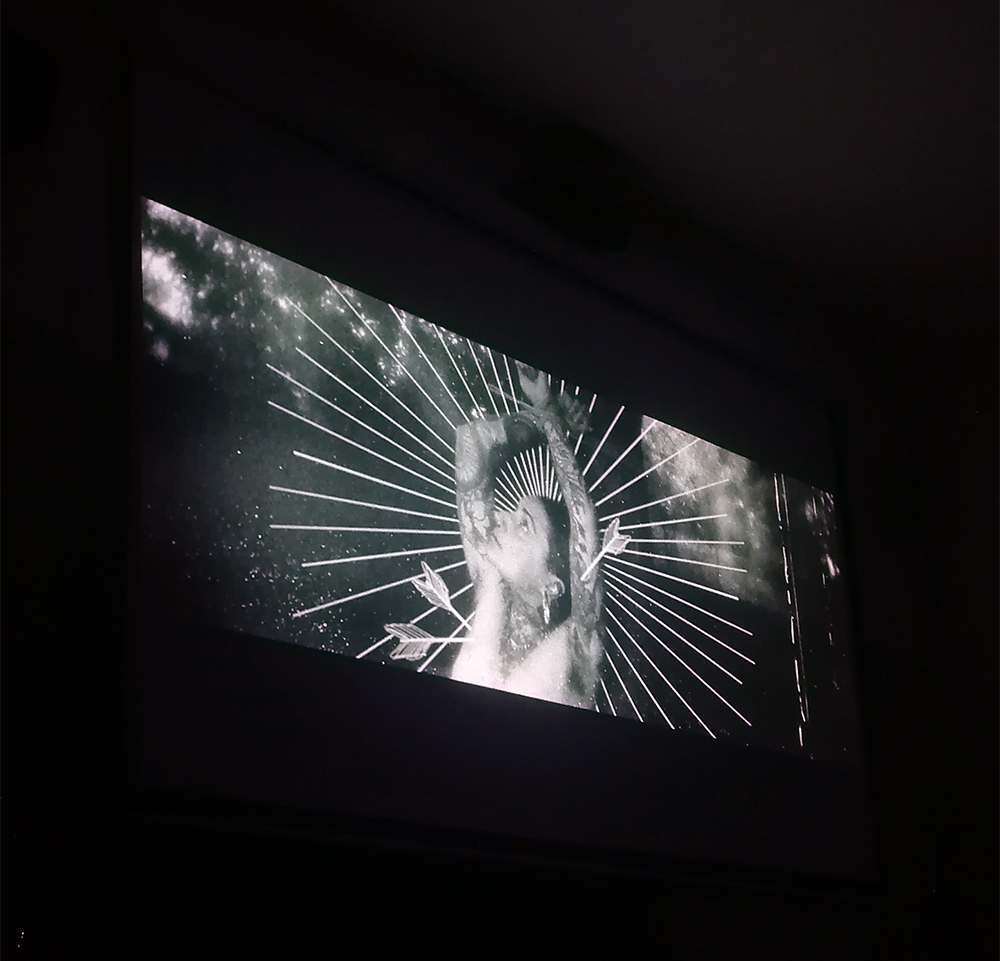
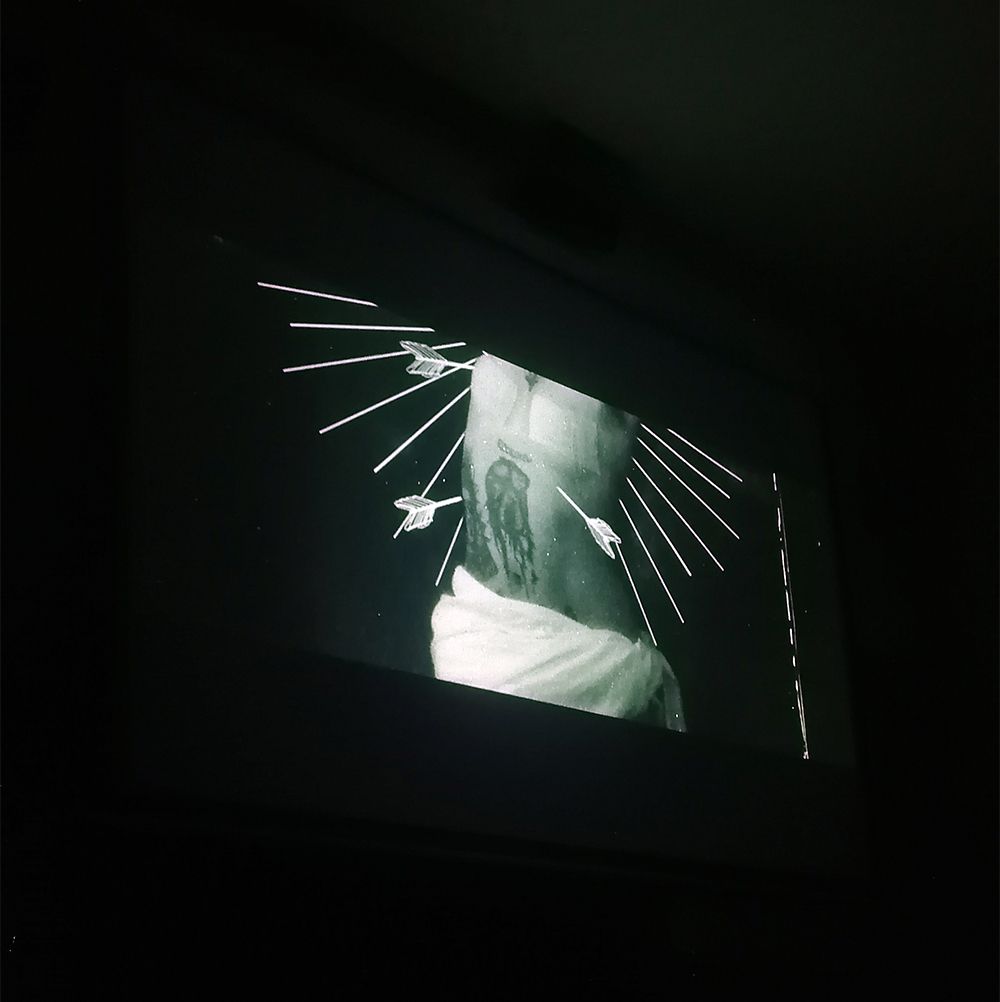
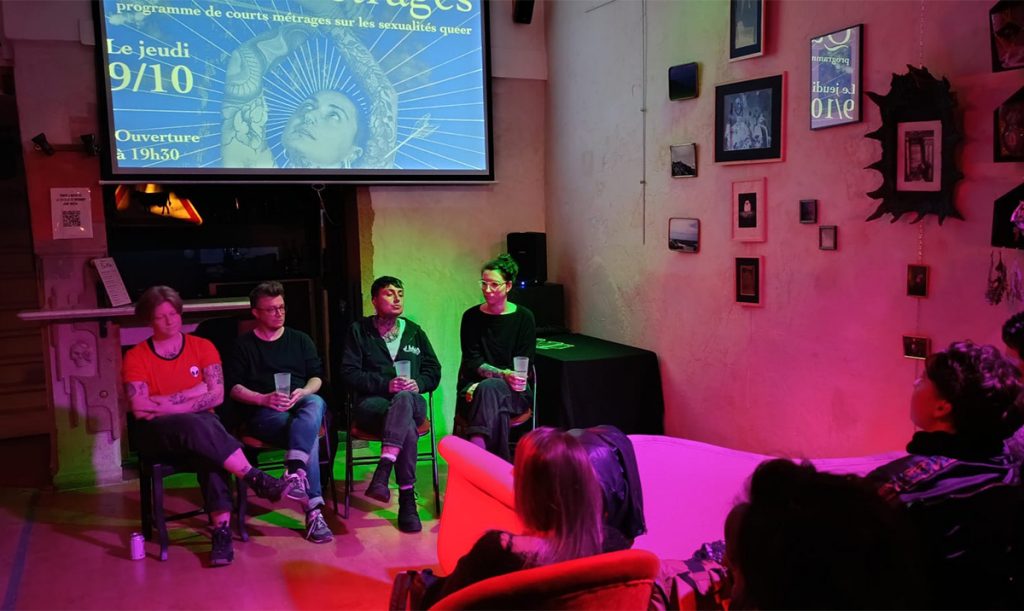
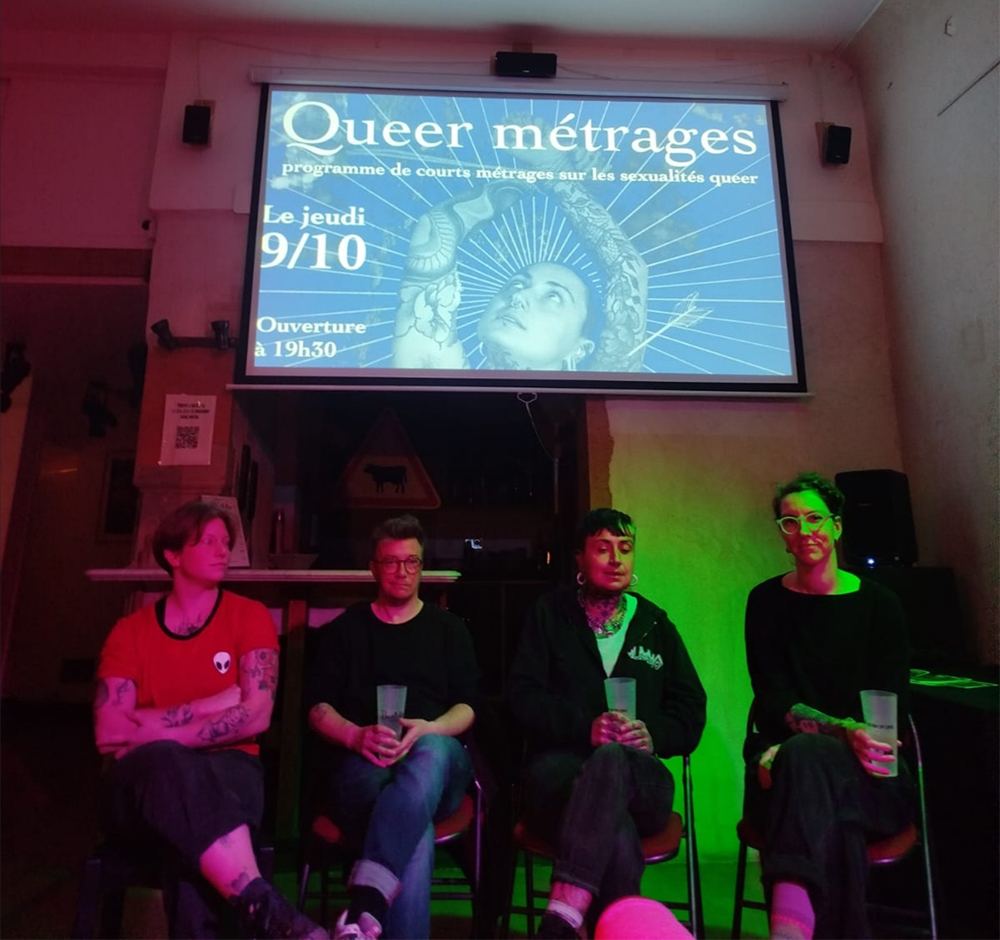
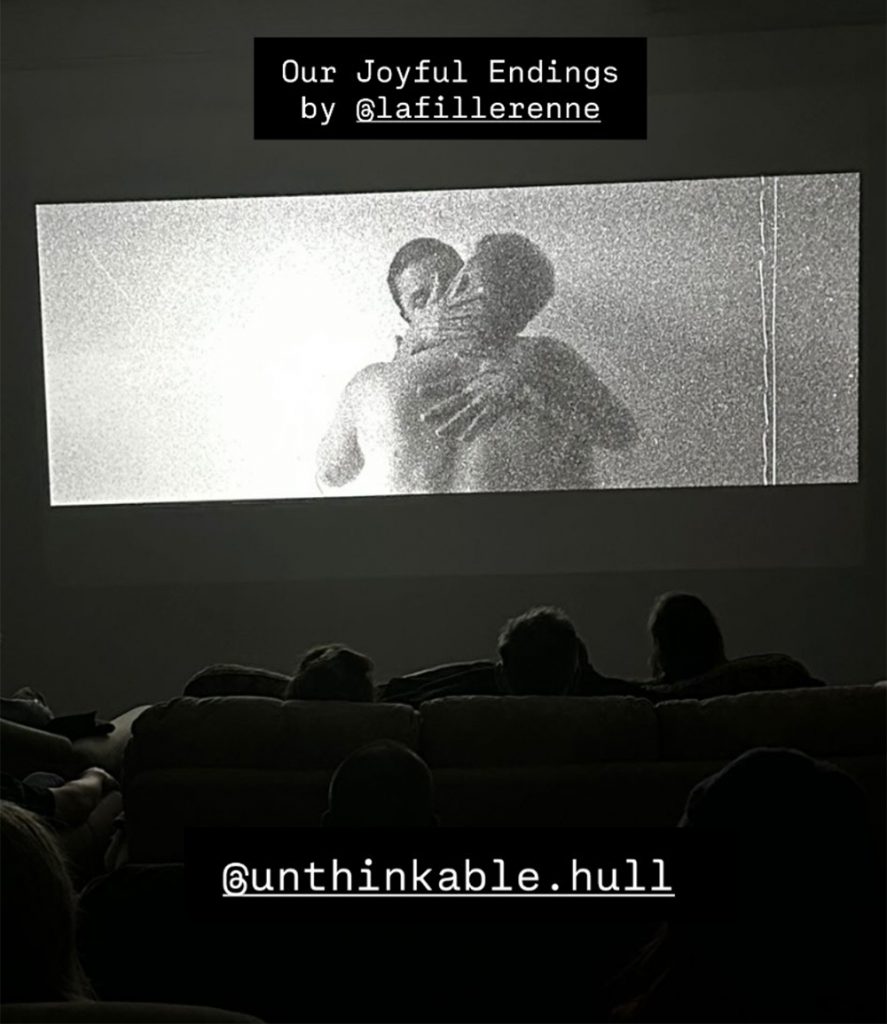
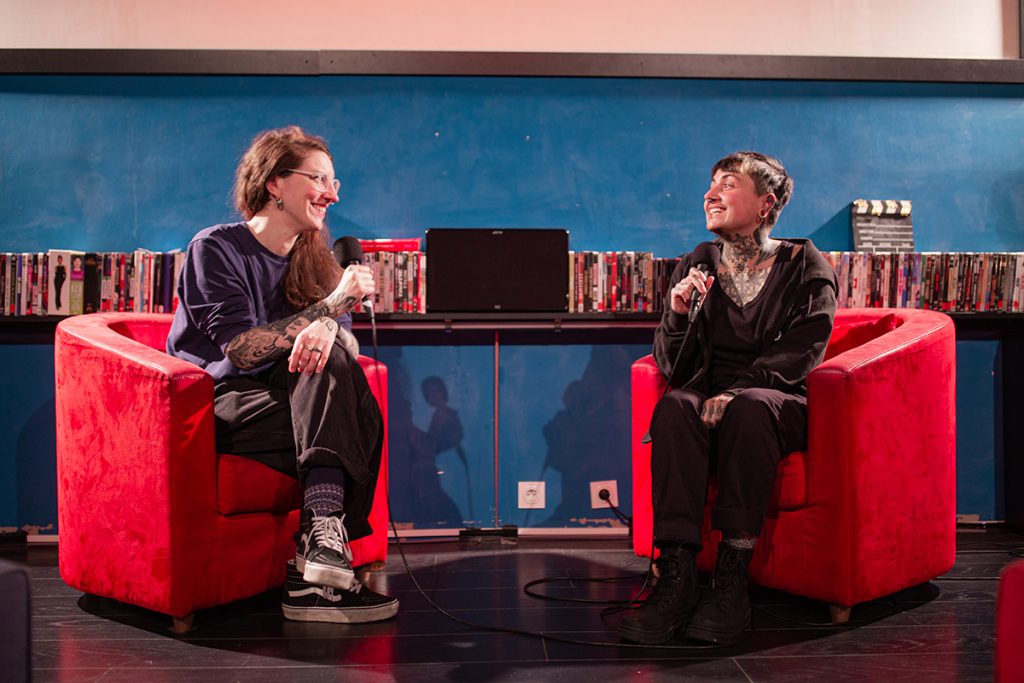
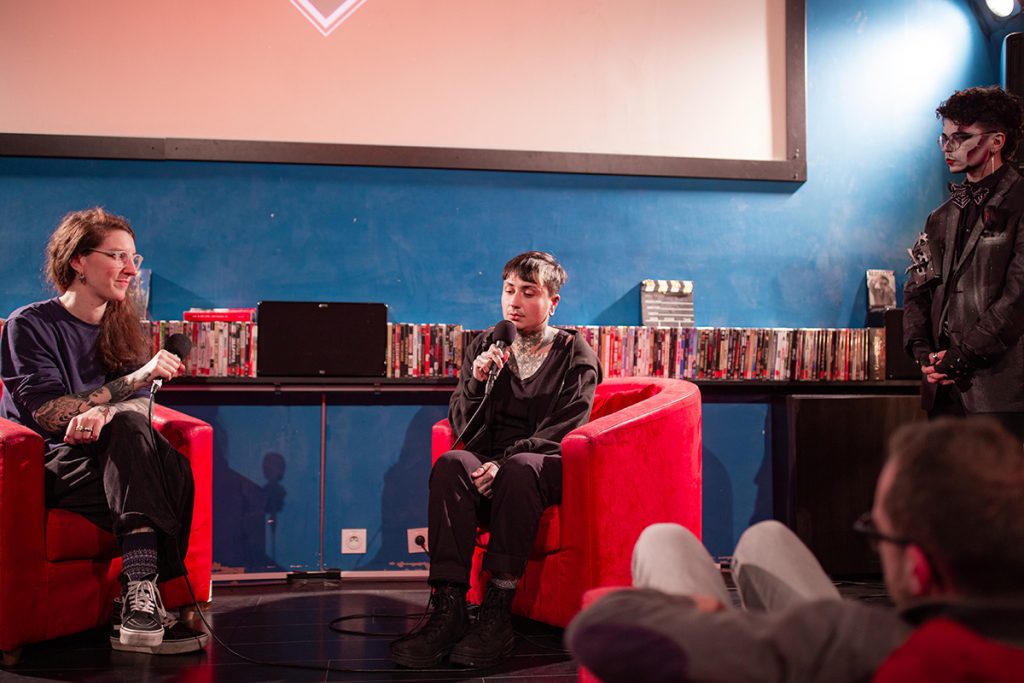
Press & exhibitions
2025 / Zona Filma : Boje kvira na četvrtom Cherry Popu: Izvještaj iz komore za vijećanje, de Miro Frakić
Forcemasc zine, de Bribri
Exposition Nos Trans-Corps Amoureux, La Galerie de BosKop, Lyon (France)
Book Nos Fins Joyeuses, de Lucie Bayaban & La Fille Renne
Otherness Archive: Our Joyful Endings
Exposition sur les discriminations intracommunautaires, par Monsieur Ours & SOS homophobie, Paris, Pantin & Lyon (France)
/
On the set / Sur le tournage
